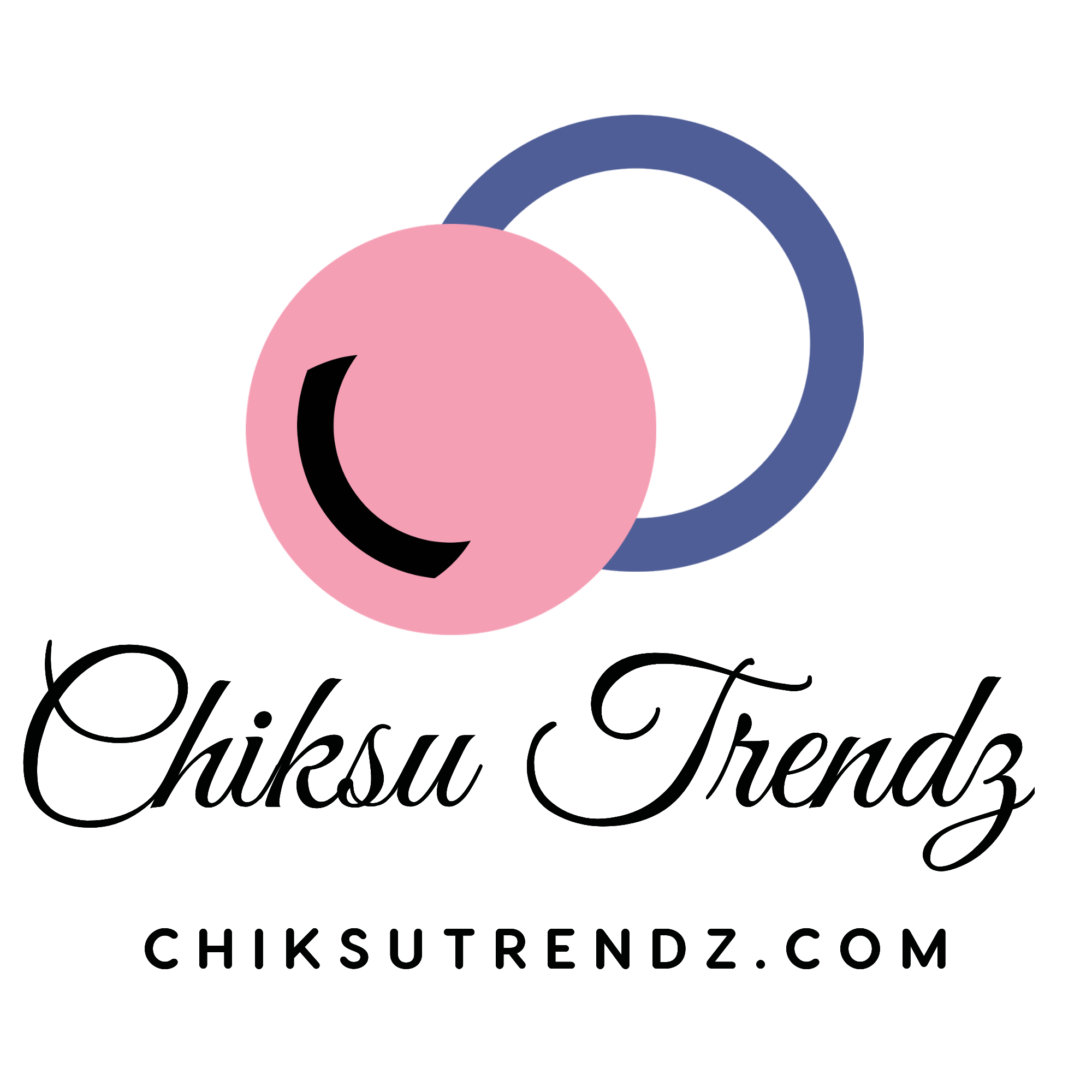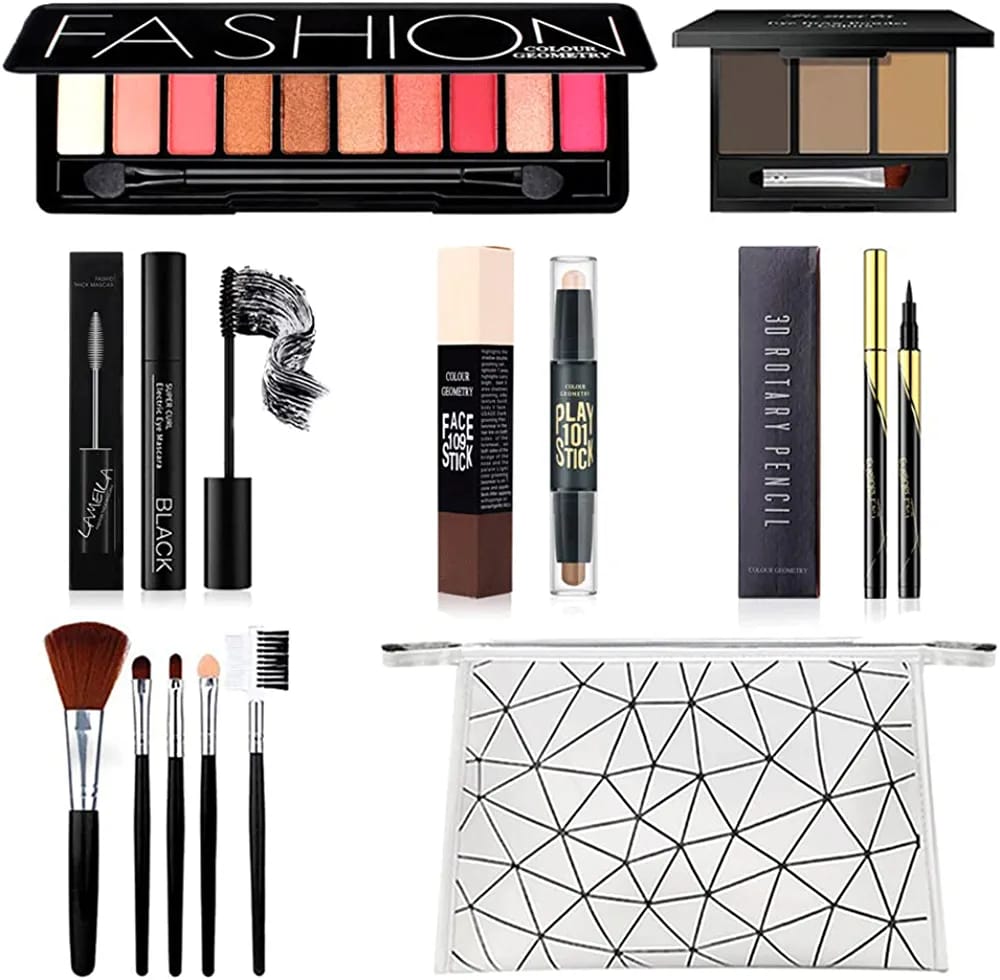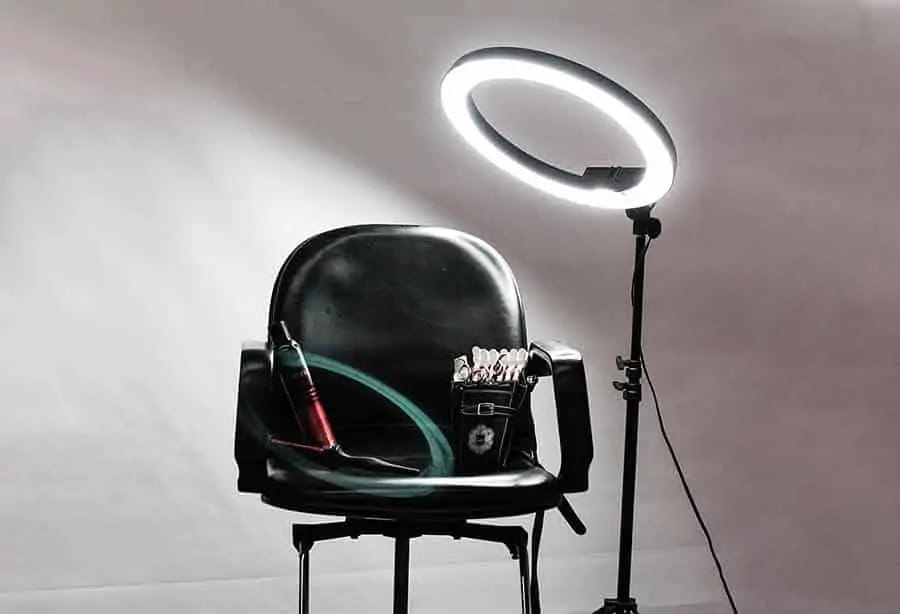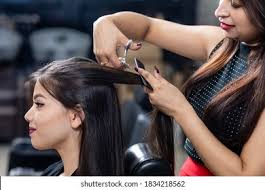Last year, Americans spent nearly $17 billion on spa services. A lot of that money went toward facials: treatments that claim to remove blemishes, combat wrinkles, moisturize, regenerate, tighten and otherwise beautify the skin so that your face looks fabulous.But is there evidence to support the claims (and costs) of these treatments? Experts say it depends on the type of facial, where you have it performed and the skin benefit you’re hoping to get out of it.
“I was at this beautiful spa in Santa Fe, and the esthetician giving me a facial said the next citrus emollient she was going to apply would help cleanse my liver,” recalls Ushma Neill, editor-at-large of the Journal of Clinical Investigation and vice president of scientific education and training at Memorial Sloan Kettering Cancer Center. “I almost sat up in disbelief.”
That experience, Neill says, prompted her to investigate the existing science on spa facials. She published her findings in a 2012 report. Her conclusion? “I realized just how useless it all was,” she says. “I haven’t had a facial since I wrote that article.”
Neill says she doesn’t dispute claims that facials can temporarily revamp the skin by “moisturizing it to the max” and removing pimples and other blemishes. But when it comes to many of the fancier, pricier services that claim to combat aging or inflammation—everything from ozone and antioxidant treatments to stem-cell extract applications—most of that stuff is “complete malarkey,” she says.
Other experts reiterate that point. “As a dermatologist, I see a lot of patients with misperceptions about different creams and procedures and the whole concept of facials,” says Dr. Joel Cohen, an associate clinical professor of dermatology at the University of Colorado and director of AboutSkin Dermatology and DermSurgery near Denver.Apart from moisturizing the skin, Cohen says most topical creams are unlikely to provide much lasting benefit—especially if applied sporadically and only in a spa setting. And while some chemical peels that use substances like salicylic or glycolic acid can help stimulate skin cell turnover and repair, Cohen says proper daily skin care—regular cleansing and applying moisturizer and sunscreen—are a lot more likely to be helpful.







